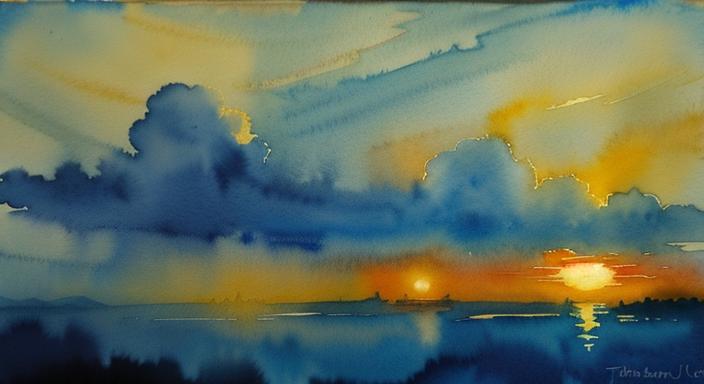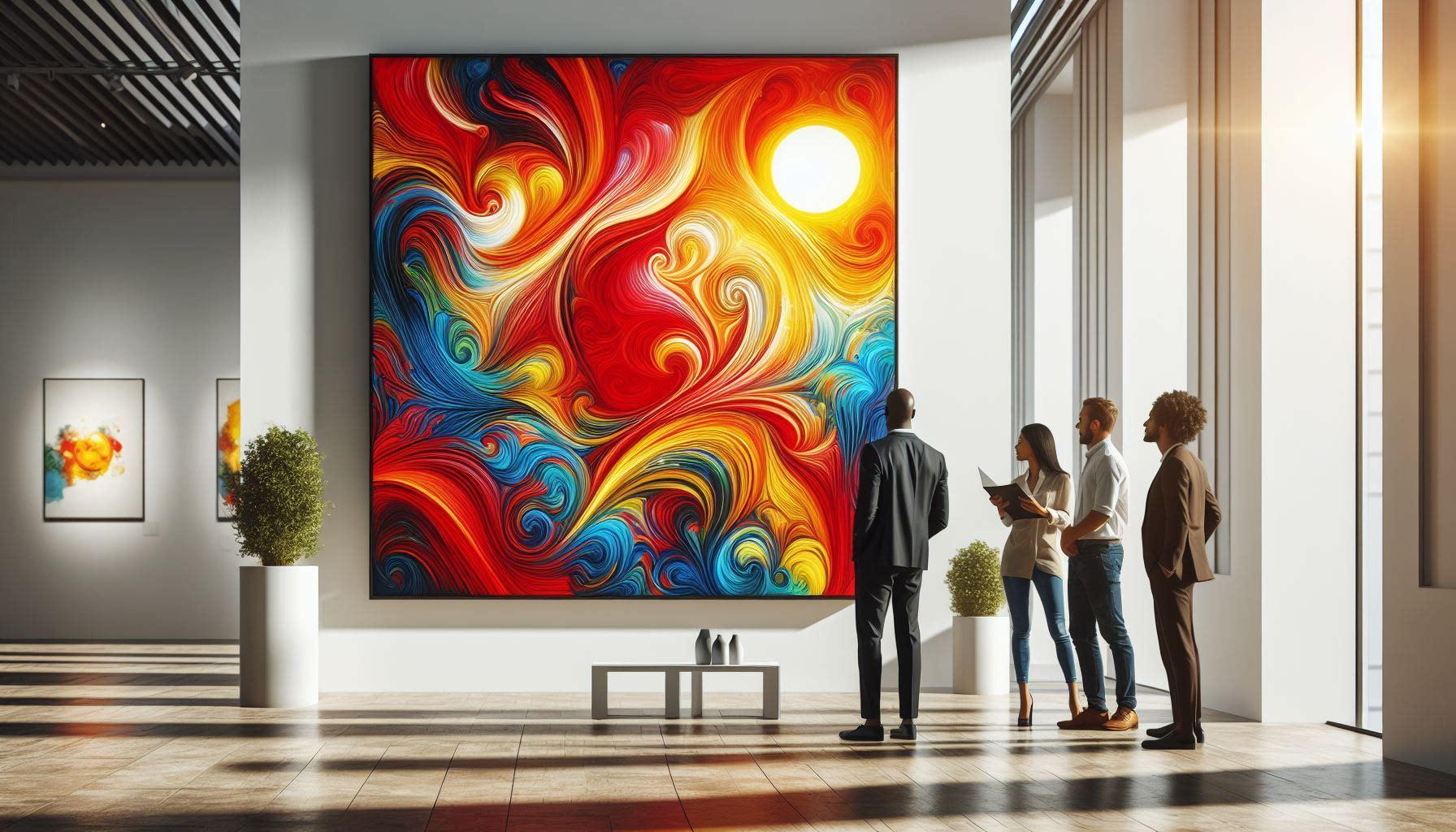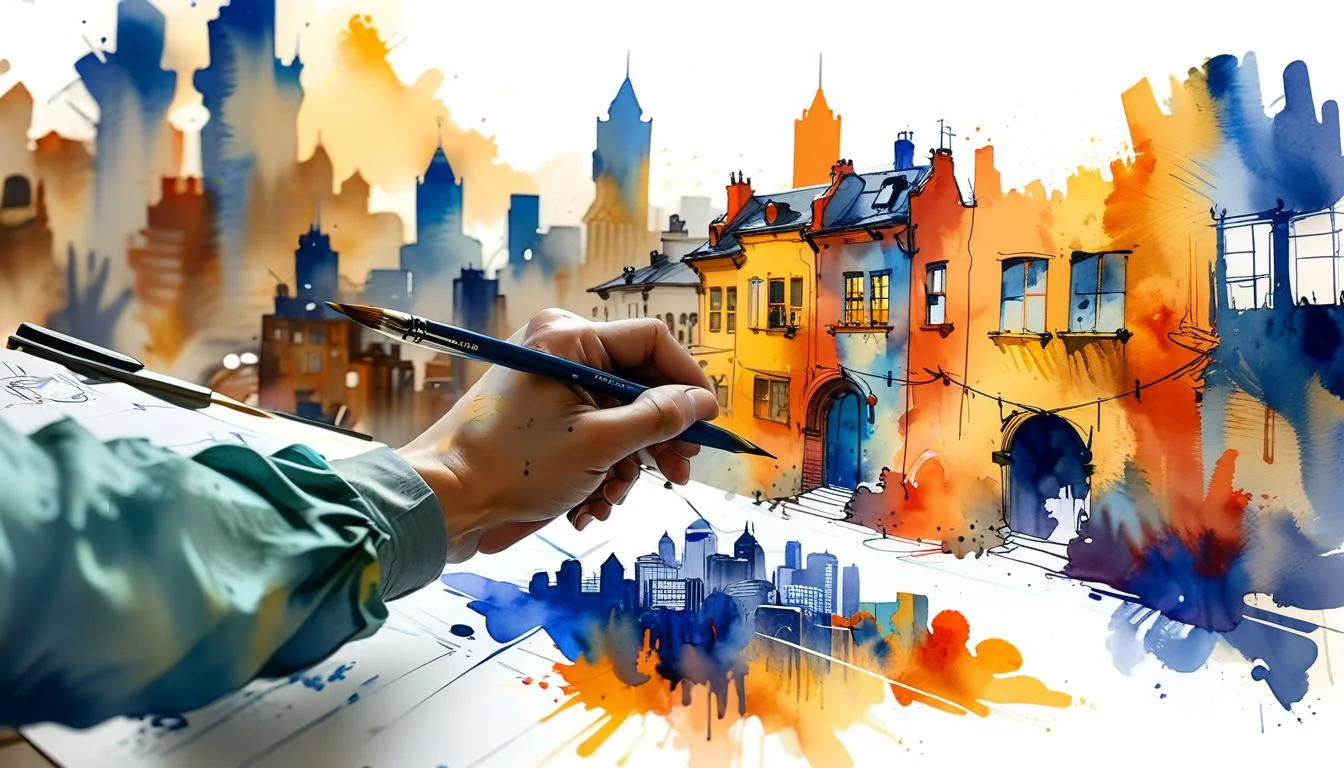Mixed media art is a dynamic and versatile form of visual expression that transcends traditional boundaries. By combining different materials and techniques, artists can create works that are rich in texture, depth, and meaning. This article explores the fundamentals of mixed media art, offering insights into its history, techniques, and the creative possibilities it presents.

A Brief History of Mixed Media Art
Mixed media art has roots that trace back to the early 20th century. Pioneering artists like Pablo Picasso and Georges Braque first experimented with collage, integrating elements such as newspaper clippings and fabric into their paintings. This innovative approach laid the groundwork for future generations of artists to explore and expand the boundaries of their mediums.
Key Moments in Mixed Media Art History
| Year | Event |
|---|---|
| Early 1900s | Picasso and Braque develop collage techniques. |
| 1950s | Robert Rauschenberg incorporates found objects into his artworks. |
| 1960s | Pop Art movement emphasizes the use of mixed media. |
| Present | Mixed media continues to evolve with digital tools and new materials. |
Essential Techniques in Mixed Media Art
Mixed media art encompasses a wide range of techniques. Here are some of the most popular:
Collage
Collage involves assembling different materials like paper, fabric, and photographs onto a surface to create a unified composition. This technique allows for the juxtaposition of disparate elements, creating visual and conceptual contrasts.
Assemblage
Assemblage is a three-dimensional variation of collage. Artists use found objects, recycled materials, and everyday items to construct sculptures or installations. This technique often results in works that challenge viewers’ perceptions of art and objecthood.
Encaustic
Encaustic involves using heated beeswax mixed with pigments to create textured surfaces. This ancient technique, dating back to the Greeks, allows artists to create layers and embed objects within the wax, adding depth and complexity to their works.
Digital Mixed Media
With the advent of digital technology, artists now combine traditional materials with digital images and techniques. This blend of analog and digital opens up new possibilities for creativity and innovation.
Tools and Materials
Creating mixed media art requires a diverse array of tools and materials. Here are some essentials:
- Adhesives: Glue sticks, gel medium, and epoxy.
- Surfaces: Canvas, wood panels, paper, and fabric.
- Drawing and Painting Supplies: Acrylics, watercolors, markers, and inks.
- Found Objects: Buttons, fabric scraps, metal pieces, and organic materials.
- Digital Tools: Tablets, styluses, and photo editing software.
The Creative Process
Mixed media art is characterized by its experimental nature. The process often involves several stages of layering, adding, and subtracting elements. Here’s a step-by-step guide to get you started:
- Conceptualization: Develop a theme or idea for your artwork.
- Gather Materials: Collect a variety of materials that resonate with your concept.
- Base Layer: Start with a base layer, such as a painted background or a collage of papers.
- Build Layers: Add textures, drawings, and additional materials. Experiment with different techniques.
- Refinement: Adjust, add, or remove elements to achieve the desired composition.
- Finishing Touches: Apply any final details, such as varnish or digital enhancements.
Mixed media artists often have unique stories about their creative journeys. Here are a few anecdotes:
“I started incorporating found objects into my work by chance. One day, I stumbled upon a rusted metal piece on the street. It sparked an idea, and now my studio is filled with bits and pieces that tell their own stories.” — Lisa, Mixed Media Artist
“Digital tools have transformed my practice. I love combining hand-drawn elements with digital textures. It’s like bridging the gap between the old and the new.” — Jason, Digital Mixed Media Artist
Inspiration from Mixed Media Artists
Famous mixed media artists, including a description of their work, their most famous piece, and a link to their work:
| Artist | Description of Work | Most Famous Work | Link to Their Work |
|---|---|---|---|
| Pablo Picasso | Pioneer of Cubism, used various materials like newspaper, fabric, and metal in collages. | Still Life with Chair Caning | Artchive] |
| Henri Matisse | Known for colorful paper cut-outs arranged in collages. | The Snail | Henri Matisse |
| Njideka Akunyili Crosby | Combines photographs, acrylics, charcoal, and fabrics to create layered collages. | The Beautyful Ones | Victoria Miro |
| Tom Wesselmann | Pop artist using advertising ephemera, pastels, and acrylics in colorful collages. | Standing Still Lifes | Site |
| Richard Hamilton | Founder of Pop Art, used movies, TV, music, and magazines in his work. | Just what is it that makes today’s homes so different, so appealing? | British Pop Art |
| Jean Dubuffet | Known for rough, textured surfaces and vivid colors inspired by primitive art. | The Cow with the Subtile Nose | Moma |
| Robert Rauschenberg | Pioneer of mixed media, used found objects and everyday items in his collages. | Monogram | Site |
| Nancy Spero | Mixed media paintings and collages focusing on political and social issues. | Torture of Women | Moma |
| Howard Hodgkin | Vibrant, colorful paintings with bold brushstrokes and textured surfaces. | In the Studio | Site |
| Anselm Kiefer | Large-scale works dealing with history, politics, and mythology using diverse materials. | Margarethe | Gagosian |
For those looking to delve deeper into the world of mixed media art, numerous resources are available online and in print. Workshops, online courses, and community art groups can also provide valuable hands-on experience and feedback. Ultimately, the beauty of mixed media lies in its freedom and flexibility, allowing artists to explore and redefine their creative boundaries continuously.
Further Learning and Resources
For those inspired to continue their journey in mixed media art, here are some recommended resources:
Books
- Mixed Media Techniques for Art Journaling by Kristy Conlin
- The Art of Expressive Collage by Crystal Neubauer
- Encaustic Art: The Complete Guide to Creating Fine Art with Wax by Lissa Rankin
Online Courses
- Skillshare
- Udemy
- Domestika
Websites and Blogs
- Artists Network Mixed Media: An online community where artists share tips, tutorials, and inspiration.
- Pinterest: A treasure trove of mixed media project ideas and step-by-step guides.
Final Thoughts
Mixed media art is more than just a combination of materials and techniques; it’s a celebration of creativity and innovation. By blending different elements, artists can create unique, multifaceted works that resonate on multiple levels. Whether you are just starting out or looking to expand your artistic repertoire, mixed media offers a rich and rewarding avenue for artistic exploration.
“Mixed media is like a playground for artists. It frees you from the constraints of a single medium and opens up endless possibilities for expression.” — Jane Davies, Mixed Media Artist
“There’s a magic in layering different materials and techniques. Each layer tells a part of the story, and together they create something truly unique.” — Roxanne Evans Stout, Mixed Media Artist
FAQs on Mixed Media Art
What is mixed media art?
Mixed media art refers to artworks that are created using more than one medium or material. This can include combining paint, ink, collage, digital elements, and more.
What materials can be used in mixed media art?
Almost anything can be used in mixed media art, including traditional art supplies like paint and ink, as well as found objects, fabric, paper, and digital tools.
How do I start with mixed media art?
Start by experimenting with different materials and techniques. Gather a variety of supplies, and don’t be afraid to mix and match. Look for inspiration online, in books, and through workshops.
Can I use digital tools in mixed media art?
Absolutely. Many artists incorporate digital elements into their mixed media works, using software like Photoshop or Procreate alongside traditional materials.
What’s the difference between collage and mixed media?
Collage is a technique within mixed media art that involves assembling different materials onto a surface. Mixed media encompasses a broader range of techniques, including collage, assemblage, and encaustic, among others.
Encouraging Creativity
Mixed media art encourages artists to think outside the box and embrace a spirit of experimentation. Whether it’s through layering paint and paper or integrating digital elements, the possibilities are limitless. As you embark on your mixed media journey, remember there are no rules—only opportunities to create and innovate.


